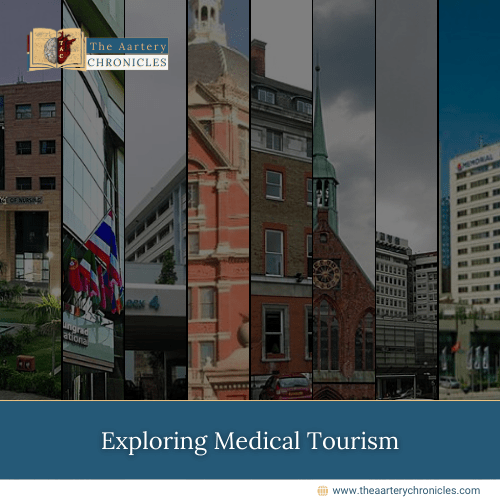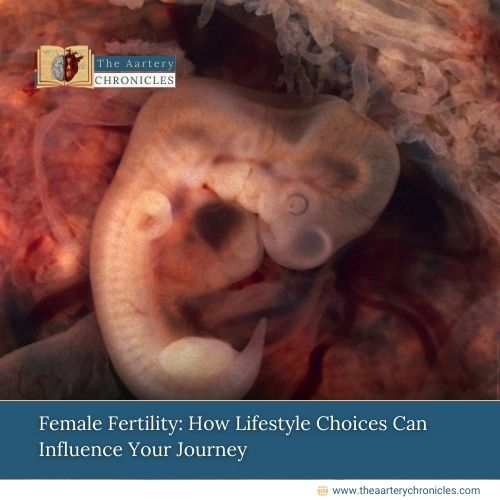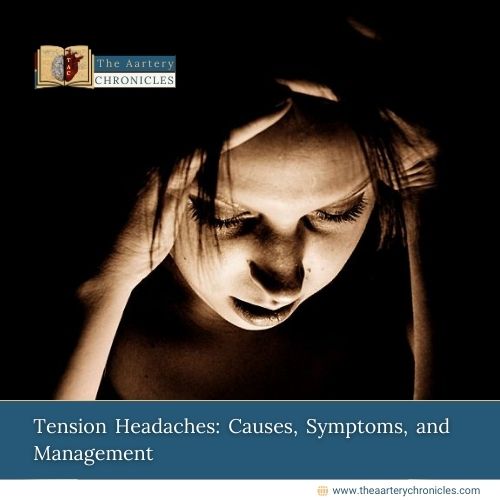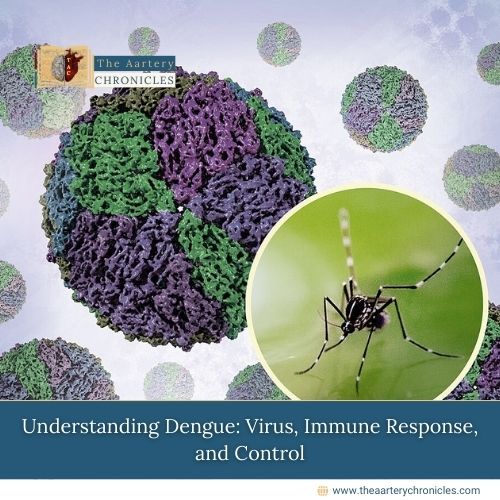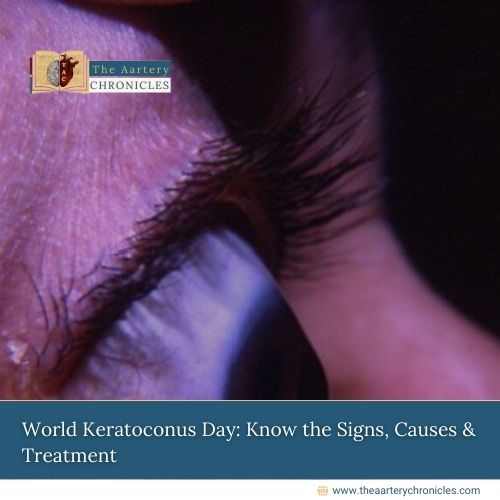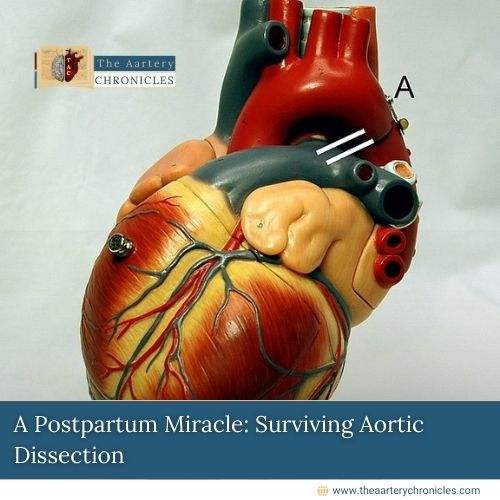

A Postpartum Miracle: Surviving Aortic Dissection
A new mom Amano Odom experienced a sporadic and life-threatening condition called postpartum aortic dissection. Because of quick action, the doctors were able to save her life.
Introduction
Reportedly, 27-year-old Odom from New York City gave birth to her second child. A few days later she suddenly started experiencing neck pain and tried to soothe it with a warm compress when another jolt of pain went straight to her chest.
As per the reports Odom got out of bed gasping for air and was rushed to the emergency room. The doctors ran several tests at the hospital, including CT scans and EKG. Around midnight she was transferred to Mount Sinai where a tear in her aorta was discovered which required surgery.
In less than a week of giving birth, she underwent surgery and woke up three days later to feel much better.
What is Aortic dissection?
Aortic dissection is a fatal condition which occurs because of the separation of layers of aortic wall.
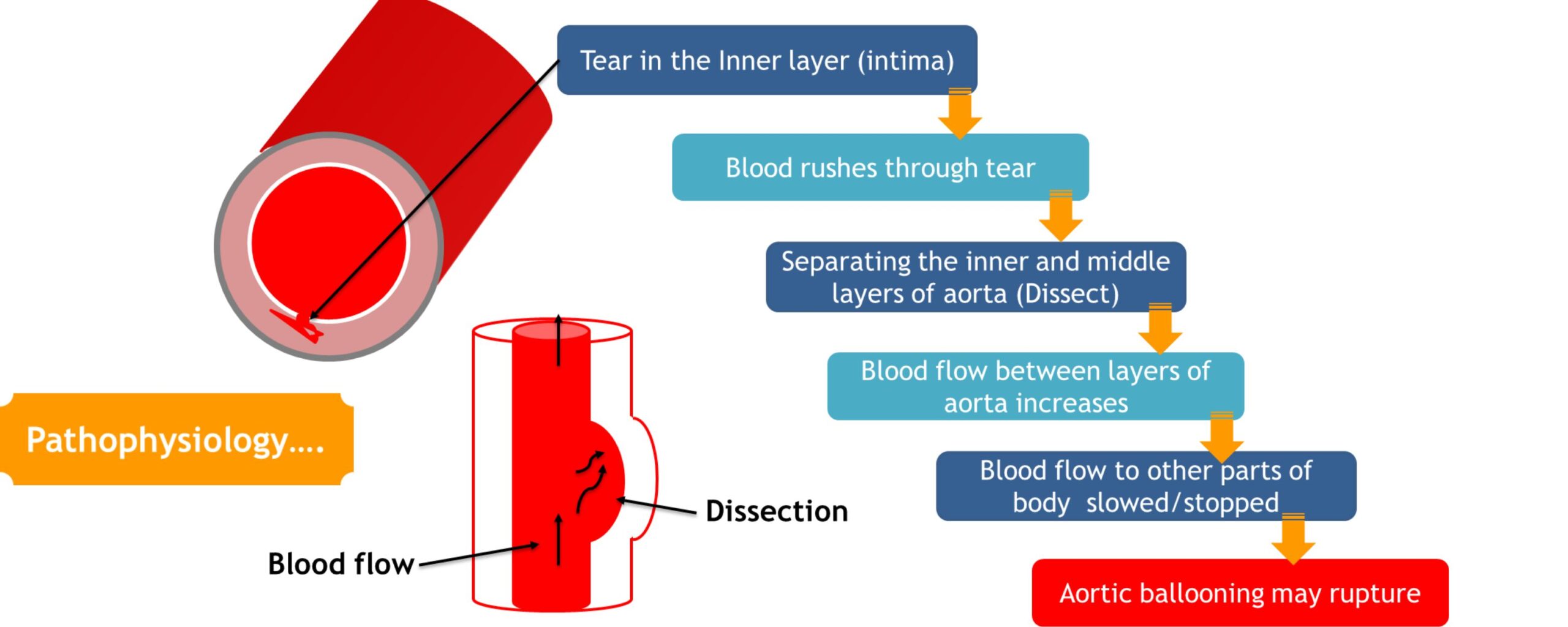
The aorta is the primary artery that is responsible for carrying oxygen-rich blood away from the heart. The aorta wall comprises three layers: the inner, middle, and outer. Aortic dissection is caused when a tear occurs in the inner layer of the aorta. When the blood surges through this tear it causes the middle and inner layers to separate or ‘dissect.’
Signs and Symptoms
Common symptoms of Aortic dissection include:
- Severe pain in the upper back and chest
- Dizziness
- Sweating
- Vision loss
- Low blood pressure
- Mental confusion
- Stroke-like symptoms such as paralysis on one side of the body, difficulty speaking, and weakness
Risk factors
Factors that can increase the chances of developing aortic dissection include:
- Hypertension
- Valve disorders
- Disorders of connective tissues like Ehlers-Danlos syndrome and Marfan syndrome.
- Congenital heart diseases such as Turner syndrome
- Atherosclerosis
- Aortic aneurysm
- Genetic factors and family history
- Traumatic chest injuries
- High blood pressure during pregnancy and delivery
- Powerlifting
Management and treatment of Aortic dissection
Aortic dissection is a condition that requires immediate medical help and surgery for type A aortic dissection. However, treatment is mainly dependent on tear location and dissection. Cases with low severity are usually treated with mediation initially till the complications arise.
A few surgical procedures include
- Hybrid approach
- Graft replacement
- Endovascular stent-graft repair
Beta-blockers are the commonly prescribed medication for Aortic dissection as it lowers the rate of heart and blood pressure. The condition can be highly fatal as around 40% of patients die immediately because of the rupture. The risk of death goes up by 1% to 3% every hour till the patient receives treatment. The condition can cause further complications such as stroke, damaging internal organs, cardiac tamponade, and death.


